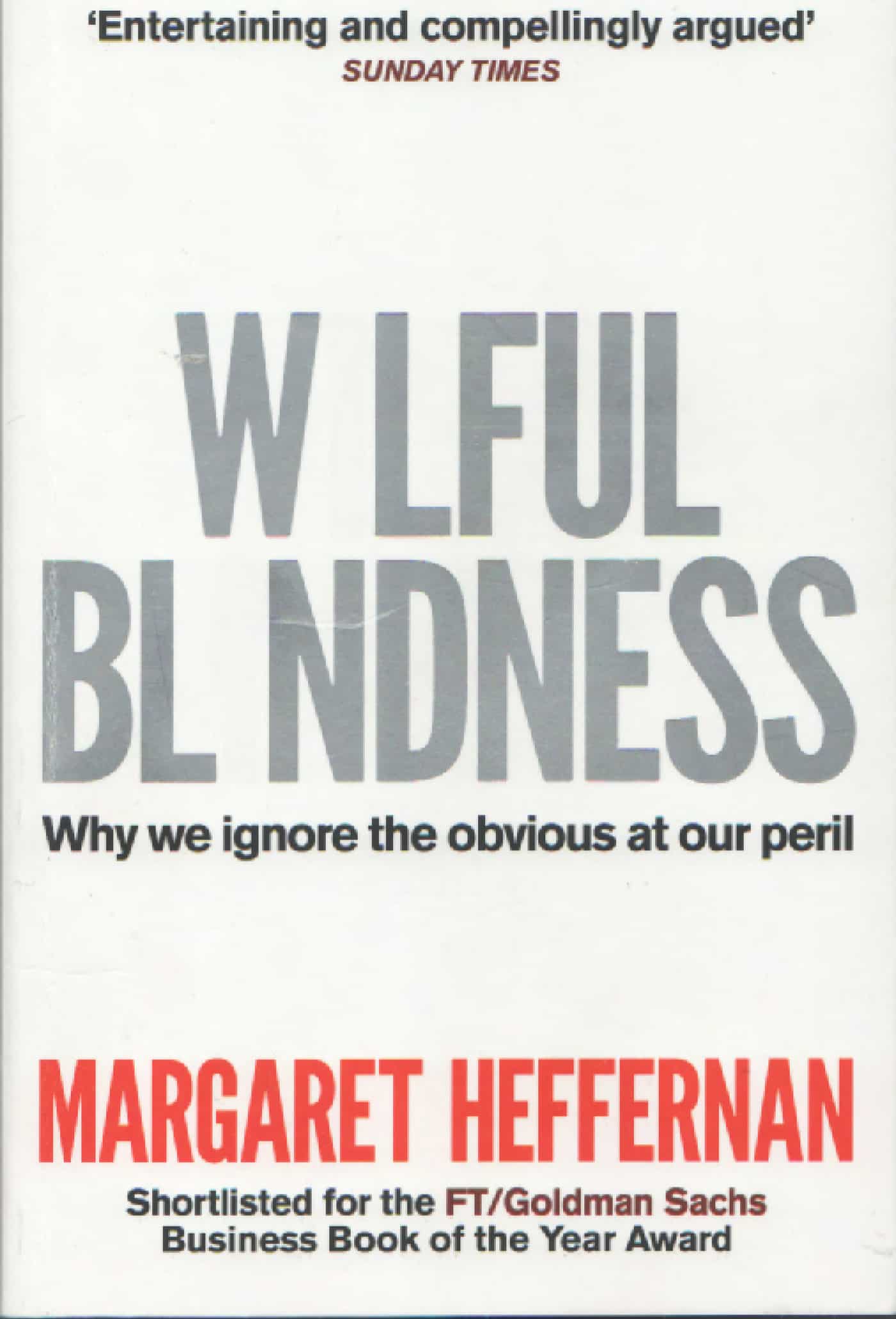In 2009-10, SafetyAtWorkBlog followed the unfolding and tragic story of the spate of suicides at France Telecome that were directly related to the change of work practices and organisational policies instigated after privatisation. SafetyAtWorkBlog stated that the suicides could be considered to be a case study of poor personnel management and, in more recent parlance, a failure of safety leadership. This month French authorities have begun investigating France Telecom executives.
According to an AFP report in early July 2012:
“Louis-Pierre Wenes was placed under investigation on Thursday, a day after former France Telecom chief Didier Lombard, for workplace harassment, his lawyer Frederique Beaulieu said.”
At the time of the suicides Wenes was Deputy CEO and Lombard was CEO.
Interestingly and curiously, workplace bullying is not a term used in the France Telecome situation, although it may have met the criteria that Australia applies. Continue reading “Lessons for everyone in the legal action against France Telecom executives over suicides”


